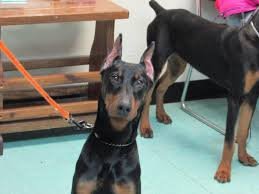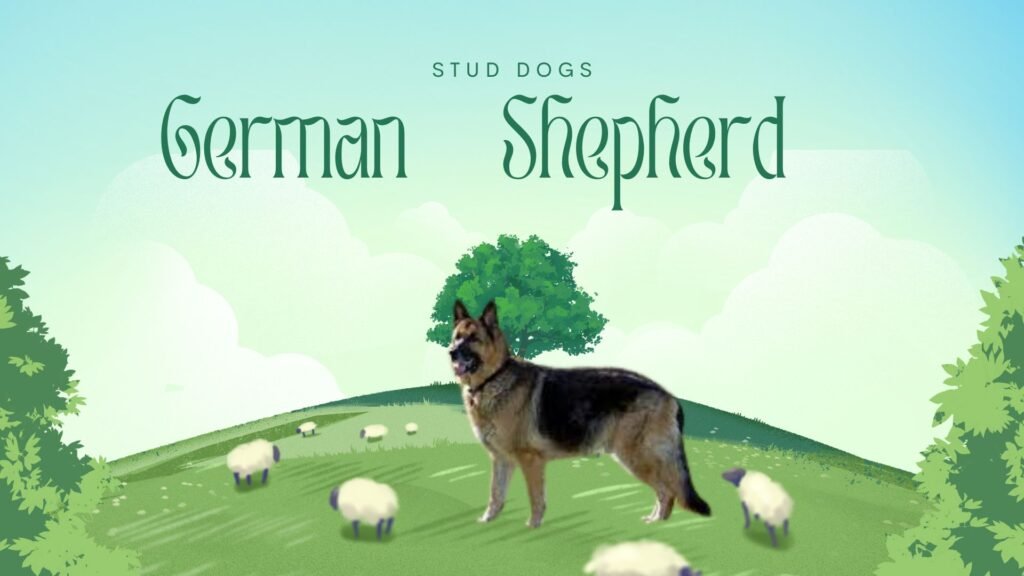Imagine a tiny ball of fluff with the energy of a tornado and the charm of a Disney character. That’s a Pomeranian puppy for you—a breed that’s stolen hearts from royal palaces to suburban homes. Whether you’re a seasoned dog owner or a first-time pup parent, this guide will walk you through every step of raising a Pomeranian puppy, blending expert advice with heartwarming stories. Let’s dive in!
A Royal Legacy: The History of Pomeranian Puppies
From Sheep Herders to Lap Warmers
Did you know Pomeranians weren’t always the pocket-sized fluff balls we adore today? Originating in Pomerania (now Germany/Poland), they were once robust 30-pound working dogs! Their downsizing began in the 18th century when Queen Victoria became obsessed with a 12-pound Pom named Marco. Her breeding efforts popularized the smaller size, cementing their status as aristocratic companions 610.
Celebrity Poms Through the Ages
Pomeranians have long been the darlings of the elite. Mozart dedicated arias to his Pom, Pimperl, while two Poms survived the Titanic disaster 6. Today, stars like Paris Hilton continue this trend, proving that big personalities come in small packages.
Preparing for Your Pomeranian Puppy: A Checklist
Puppy-Proofing Your Home
Pomeranian puppies are curious explorers. Get on your hands and knees to spot hazards:
- Hide electrical cords (they’re chew magnets!).
- Secure trash cans and toxic plants (e.g., lilies, sago palms) 1.
- Use baby gates to block off stairs or unsafe zones.
Essential Supplies
- Food: High-quality kibble for toy breeds (e.g., Royal Canin or homemade mixes with vet approval) 14.
- Bedding: A snug, bolster-style bed for security.
- Toys: Durable chew toys to soothe teething (avoid small parts!).
Daily Care: Nurturing Your Pomeranian Puppy
Feeding Like Royalty
Pomeranians burn energy fast but have tiny stomachs. Feed 3–4 small meals daily to prevent hypoglycemia, a life-threatening drop in blood sugar 1.
- Puppy diet: Mix kibble with a tablespoon of canned food (try chicken or salmon).
- Avoid: Cooked bones, grapes, chocolate, and xylitol 14.
Pro Tip: Transition food gradually over 7–10 days to avoid tummy upsets!
Grooming 101: Mastering the Fluff
Pomeranians have a double coat that demands weekly brushing. Use a slicker brush and detangling spray to prevent mats.
- Bathe monthly with dog-specific shampoo.
- Trim nails every 3–4 weeks to avoid overgrowth 48.
Real-Life Story: Luna, a Pom in California, developed matted fur after her owner skipped brushing for a month. A professional groomer saved her coat, but regular care could’ve avoided the stress!
Exercise & Playtime
Despite their size, Poms need 30 minutes of daily activity. Try:
- Indoor fetch (use soft toys).
- Puzzle feeders to stimulate their sharp minds 4.
Health & Wellness: Preventing Common Issues
Vaccinations & Vet Visits
Pomeranian puppies require a 16-week booster shot before socializing outdoors. Core vaccines protect against:
- Parvovirus (fatal without treatment).
- Distemper (causes seizures) 110.
Breed-Specific Health Risks
- Luxating Patella: A slipping kneecap that causes limping (surgery may be needed) 10.
- Tracheal Collapse: A honking cough from a weakened windpipe (use harnesses, not collars) 10.
- Dental Disease: Brush teeth daily with enzymatic toothpaste 4.
Expert Insight: Dr. Muqeet Mushtaq, a licensed veterinarian, emphasizes early detection: “Annual blood tests and weight management can add years to your Pom’s life” 5.
Training & Socialization: Building a Well-Mannered Pom
Potty Training Success
Pomeranians are smart but stubborn. Consistency is key!
- Use a playpen with a litter tray and bedding.
- Reward successes with treats—Poms thrive on praise 18.
Socialization Secrets
Expose your puppy to new sights, sounds, and people before 16 weeks. Arrange playdates with calm dogs to build confidence 48.
Case Study: Max, a shy Pom in Texas, transformed into a social butterfly after weekly visits to a dog-friendly café!
FAQs: Answering Your Top Questions
1. How much does a Pomeranian puppy cost?
Prices range from 500–500–5,000, depending on pedigree and breeder reputation 6.
2. Do Pomeranians bark a lot?
Yes! Their alert nature makes them vocal. Training can reduce excessive barking 10.
3. Are Poms good with kids?
They’re best with older children who handle them gently (their small size makes them fragile) 10.
4. How long do Pomeranians live?
With proper care, 12–16 years is typical 10.
5. Do they shed heavily?
Yes—invest in a good vacuum! Their double coat sheds seasonally 6.
Conclusion: Your Journey with a Pomeranian Puppy
Raising a Pomeranian is like nurturing a tiny, furry superstar—challenging but endlessly rewarding. By prioritizing nutrition, grooming, and early training, you’ll unlock a lifetime of loyalty and joy.
Ready to Start Your Pomeranian Adventure?
As seasoned breeders and veterinarians, we’re here to guide you. Explore our [Pomeranian Care Packages] or [schedule a consultation] for personalized advice. Together, let’s give your Pom the royal treatment they deserve!
CTA: Share your Pomeranian stories in the comments below! For expert care tips, subscribe to our newsletter and receive a FREE Pomeranian Puppy Care Guide.
Trusted by Pom lovers worldwide—because every fluffball deserves expert care.

The Silver Tabby Kitten: A Complete Guide for Cat Lovers, Dog Enthusiasts & Veterinary Pros
Introduction: The Enchanting Silver Tabby Kitten With their shimmering coats and mischievous eyes, silver tabby kittens look like they’ve stepped

Whole Moose Antlers for Dogs: The Natural Chew Your Dog Will Love
wild moose naturally shed their antlers. Unlike permanent horns, antlers renew yearly, making them a sustainable and cruelty-free source of dog chews. After being gathered, these complete antlers are cleaned and chopped to size and offered as natural dog treats free of artificial flavoring, preservatives, or additives.

Butter on His Collar must know: A Dog Care Specialist’s Guide
Introduction: The Mystery of the Buttery Collar Picture this: You’re enjoying a quiet evening when your Golden Retriever, Max, trots

Dog Crossing Sign Etiquette: A US Pet Owner’s Guide to Safe and Respectful Walks
Introduction: A Close Call in SeattleLast month in Seattle, a Labrador’s leash slipped at a bustling crosswalk, sending the dog

Can You Use Bactine or Neosporin on Dogs? A Vet-Approved Guide to Safe Wound Care
Wondering if Bactine or Neosporin is safe for your dog’s wounds? Learn proper usage, risks, and vet-recommended alternatives.

Dog Ear Cropping: History, Ethics, and What Every Owner Should Know
Introduction: A Controversial Practice with Ancient Roots Did you know ear cropping was once believed to protect dogs from wolf

